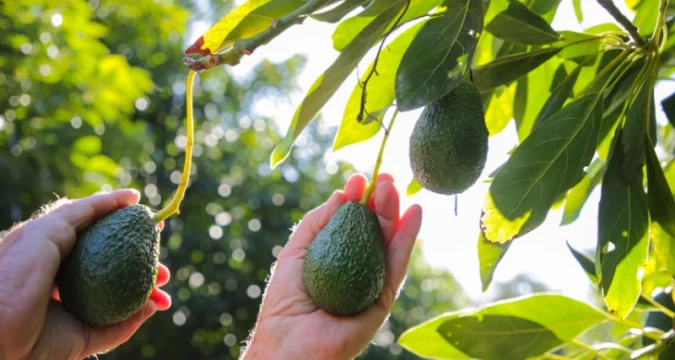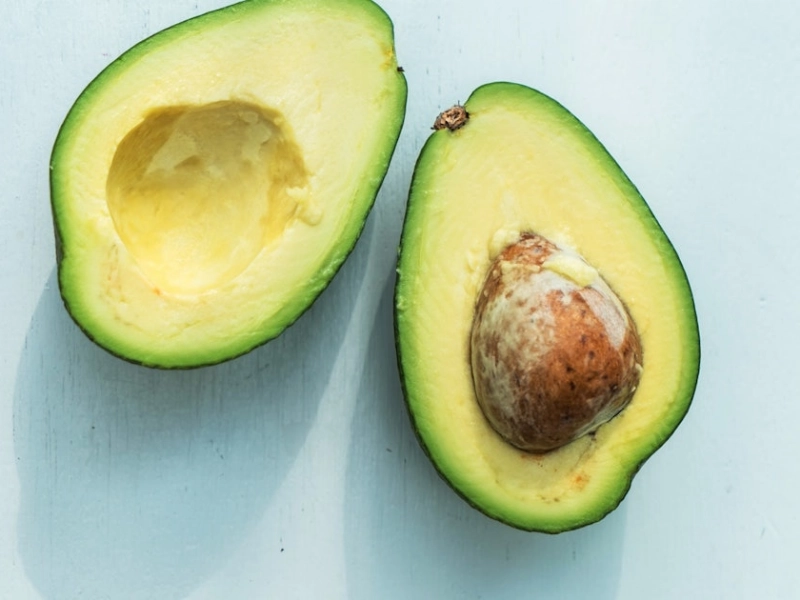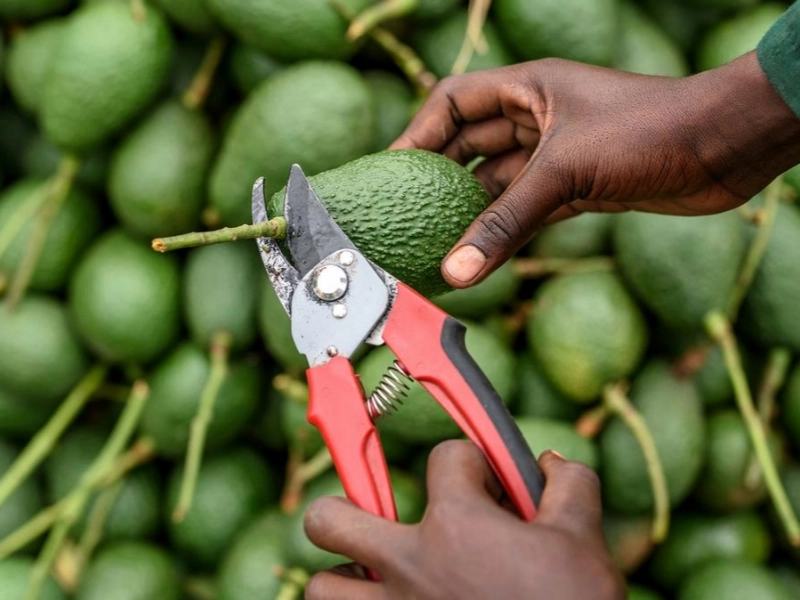
For those who have been shopping for fruits at their local supermarket, the recent sharp increase in avocado prices may have seemed out of control. Unfortunately, that isn’t entirely accurate, which is good news for you.
Following months of staggering increases, FOB prices are now starting to fall. By the way, why were they initially so expensive?
Falling Waterfall

There are few things that Americans eat more frequently than avocados. Avocados symbolize the “clean eating” movement and find their place in numerous dishes. However, their price is also going up. Well, then, why does it matter?
The avocado’s extreme thirstiness during its growing phase is one major reason. Every kilogram of avocados may require up to 80 liters of water. Drought conditions in California have contributed to a general increase in the cost of water.
An enormous amount of human effort is also required to transport avocados from Mexico or Central America to your local supermarket. To make sure they’re ready to eat, they need to be sent to the store, both unripe and ripe. This expensive process increases the price of each avocado by a single serving.
Dietary plant

Producing and transporting avocados on a global scale is indeed an expensive ordeal. According to Business Insider, the massive amount of water needed to cultivate the green fruit—more than tomatoes—is staggering. It is an arduous and expensive process to travel from Mexican and other vegetable fields to Philadelphia, where we indulge in guacamole during the Super Bowl.
There is an excess of goods on the market, which has led to a wholesale price drop this year. Wonky Box co-founder Angus Simms tells Newsable that there are various factors contributing to the continued high pricing at retail.
As a general rule, avocado plants alternate their yield from year to year, so a bumper crop one year can lead to a down crop the next. A further factor contributing to the rise in avocado prices is the ongoing drought in California, the US state that produces the vast majority of the fruit. Cartal violence in Mexico’s Michoacan state, which produces 80% of the country’s avocados, is another element that reduces exports to the US.
Poison control measures

The avocado’s thick, protective skin makes it resistant to both the elements and pests. To keep the food nutritious, though, specific chemicals are required, and these chemicals aren’t cheap. Analyses conducted in 2014 found that, compared to bananas, the amount of carbon dioxide gas released during the production and transportation of one kilogram of avocados is 1.5 times higher.
The large-scale consumption of this fruit encourages monoculture, which in turn allows growers to employ chemical fertilizers and pesticides to boost yields—at the expense of pollinators and pollution of waterways and soil. In Gonzales’s view, even being vegan makes it harder to avoid these dangerous drugs.
Gonzalez suggests organic farming, even though it’s not a panacea. Using organic agricultural methods will not, in his opinion, put an end to all forms of deforestation, soil erosion, greenhouse gas emissions, and inefficient water use. He goes on to say that in the past, consumer groups have been successful in bringing about dolphin-safe tuna labeling, which indicates that their actions can be beneficial in this regard. For now, cut costs by buying produce that is on the Clean Fifteen list in the Environmental Working Group’s Shopper’s Guide to Pesticides instead of the rest.
Workforce

Producing avocados is an expensive ordeal because of the time and effort required for harvesting and promoting the fruit. A number of federal statutes, including requirements for packing and labeling, substantially raise the fruit’s price.
Since avocados go bad so quickly, they are an expensive food item. Although other fruits like bananas, apples, and tomatoes can be stored in the fridge and sold far into the winter, avocados rot quickly and must be sold soon after picking.
On top of that, it’s a problem for Mexican farmers. They have cornered the market on avocados grown on the West Coast, so they can keep prices high.